New Orleans pulses with an energy unlike anywhere else in America, a city where centuries of cultural convergence have created distinctive atmospheric pockets waiting to be discovered. Beyond the tourist-filled Bourbon Street lies a complex urban tapestry where history, music, spirituality, and decay intertwine to create profound sensory experiences.
The city rewards those who explore with intention, seeking spaces where the unique New Orleans vibe resonates most authentically. Here is a list of 15 atmospheric corners of New Orleans where vibe-driven explorers can immerse themselves in the city’s distinctive character.
Frenchmen Street at Dusk
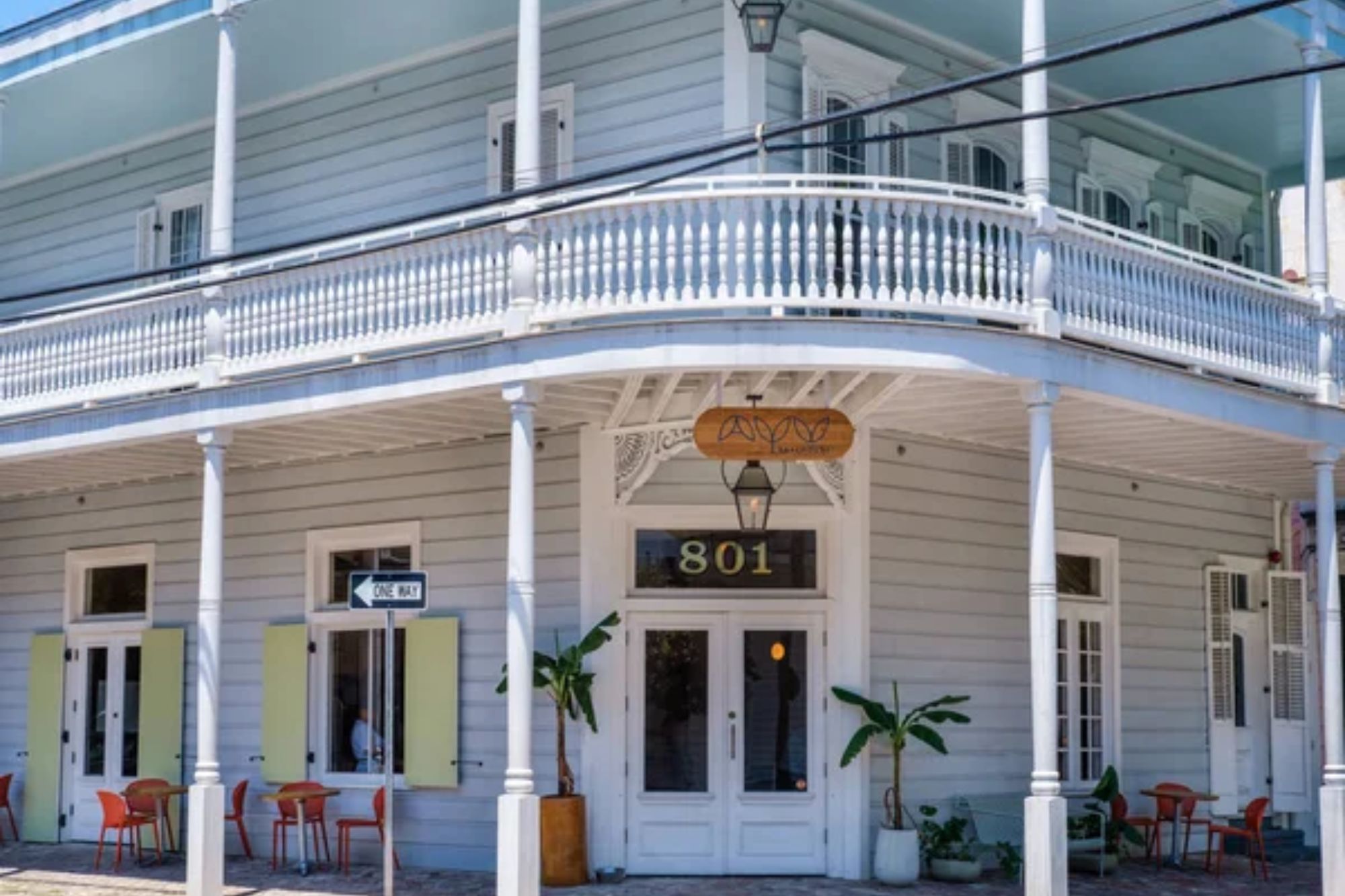
The three-block stretch of Frenchmen Street transforms as daylight fades, with neon signs flickering to life and music spilling from doorways in competing waves of brass, percussion, and soulful vocals. Local musicians set up impromptu performances on corners while art vendors arrange handmade creations along wrought-iron fences.
The energy builds gradually as evening deepens, creating a perfect atmospheric crescendo that captures New Orleans’ musical soul without the Bourbon Street excess.
St. Louis Cemetery No. 1

The oldest surviving cemetery in New Orleans creates an otherworldly atmosphere with its aboveground tombs arranged in narrow corridors that feel like miniature streets of the dead. Crumbling plaster reveals aged brick beneath, while iron crosses throw dramatic shadows across sun-bleached structures that have weathered countless storms.
The contrast between bright white vaults and weathered gray monuments creates a compelling visual rhythm that photographers find irresistible, particularly in the golden hour when low sunlight accentuates every textural detail.
Backstreets of Tremé
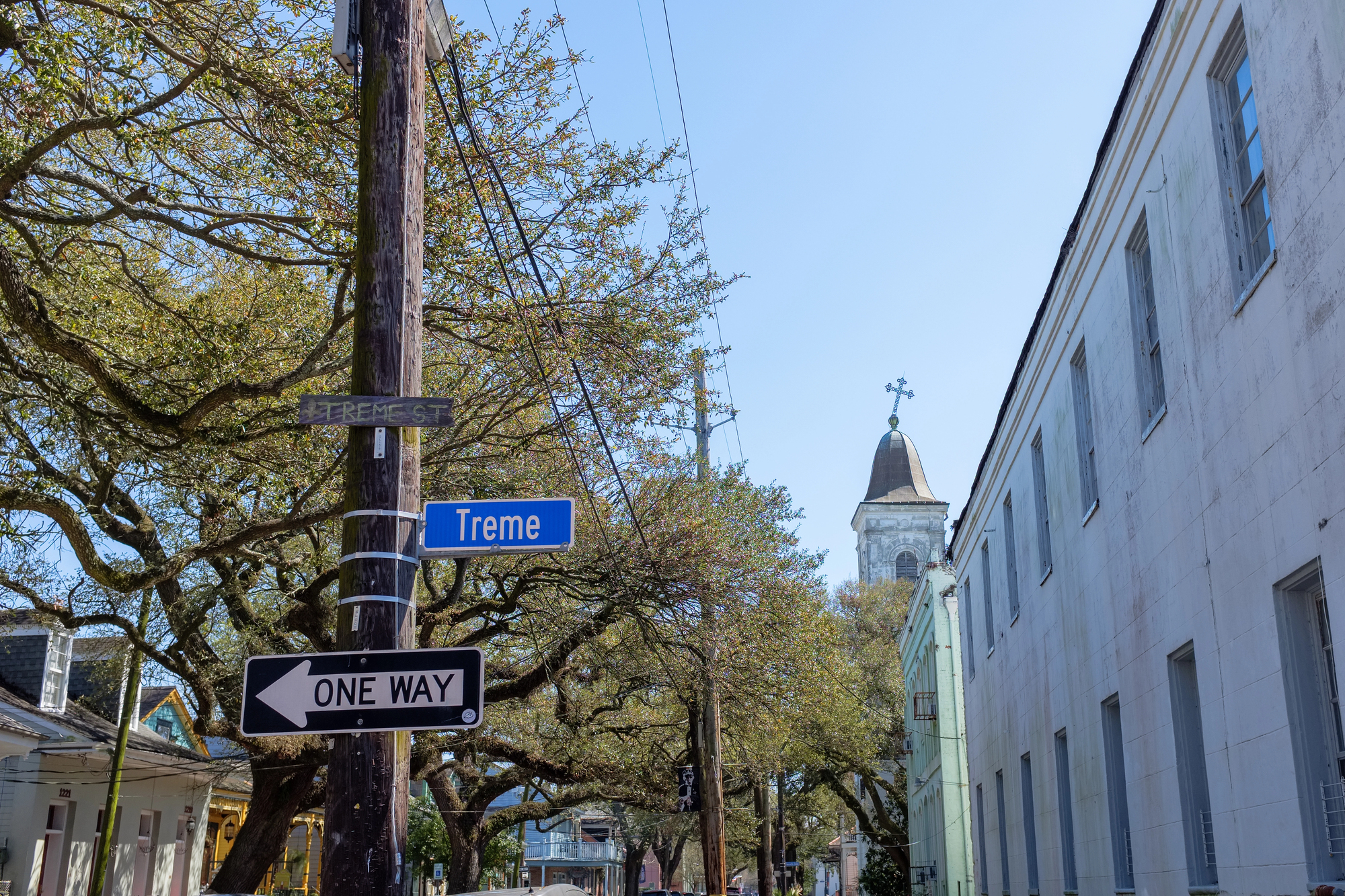
America’s oldest African American neighborhood reveals its character through architectural details that speak to generations of resilience and cultural preservation. Brightly painted Creole cottages with sagging porches sit alongside meticulously restored homes, creating a visual dialogue about change and continuity.
The sounds of brass band rehearsals occasionally drift from hidden spaces, while community gardens flourish in lots where buildings once stood, demonstrating how urban renewal takes uniquely organic forms in this historic district.
Like Travel Pug’s content? Follow us on MSN.
Bayou St. John Banks
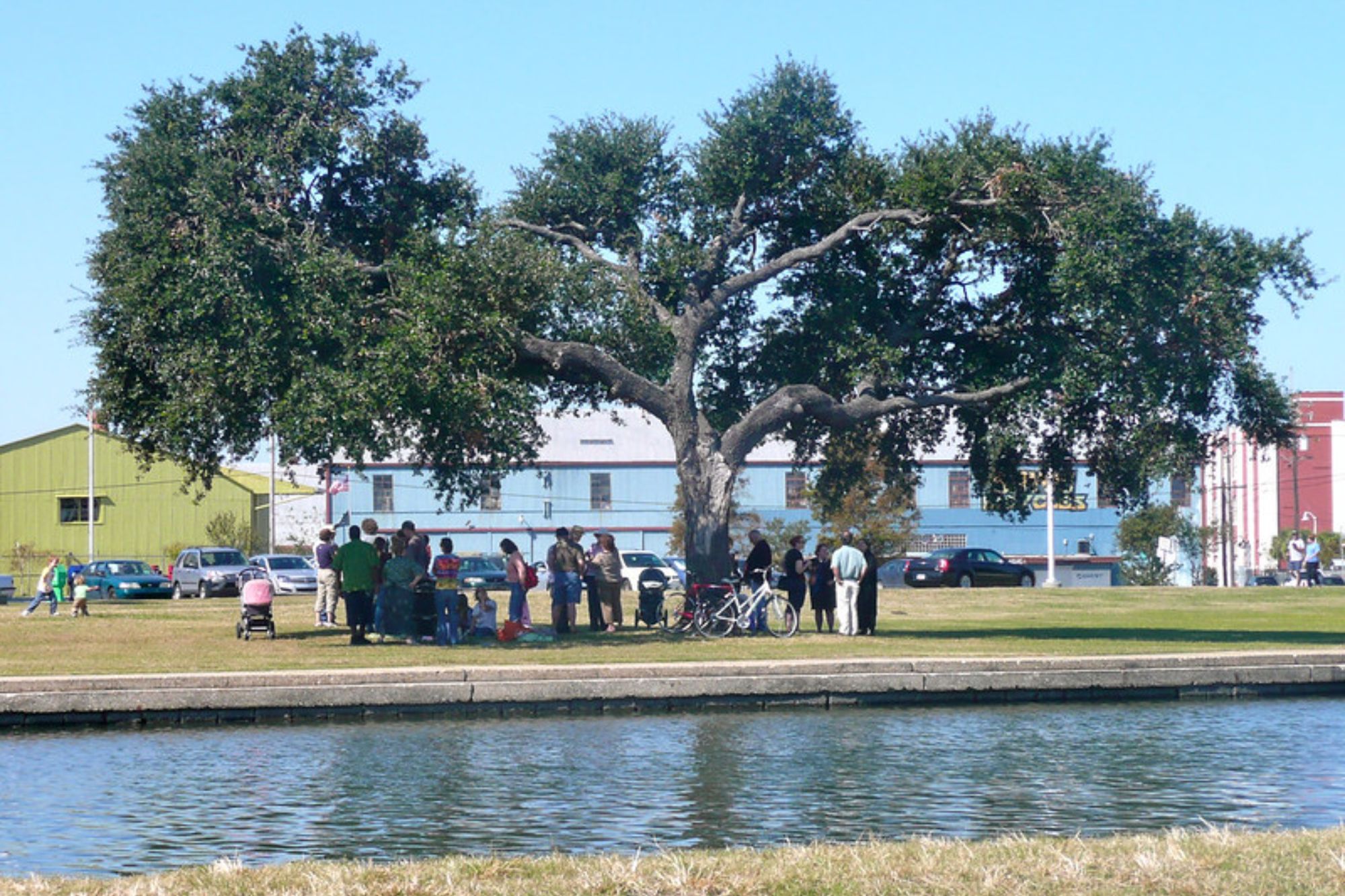
This urban waterway creates a surprising oasis of tranquility just minutes from bustling neighborhoods, with moss-draped oak trees reflected in still waters that have connected the city to Lake Pontchartrain for centuries. Early mornings bring solitary kayakers and locals practicing tai chi along grassy banks, while herons stalk the shallows with prehistoric patience.
The bayou embodies the liminal quality that defines much of New Orleans—neither fully wild nor completely tamed, existing in the atmospheric in-between that gives the city its dreamlike quality.
Algiers Point Ferry Crossing

The short ferry ride from Canal Street to Algiers Point offers unmatched views of the Mississippi River bend that cradles the French Quarter in its curve. The western sun transforms the city skyline into a golden silhouette while massive ships navigate the powerful current practically at arm’s length from passengers.
Algiers itself presents a quieter vision of New Orleans, with historic architecture and riverside paths where the city’s famous humidity creates misty halos around streetlights as evening approaches.
Bywater Art Enclaves

This evolving neighborhood southeast of the French Quarter harbors surprising creative corners where vibrant murals transform warehouse walls and community art spaces operate from repurposed industrial buildings. Colorful Creole cottages showcase the architectural whimsy that flourishes in New Orleans, with ornate details painted in tropical hues that pop against lush vegetation growing with subtropical abandon.
The area maintains a productive tension between preservation and reinvention that generates distinctive creative energy.
Like Travel Pug’s content? Follow us on MSN.
Garden District Sidewalks
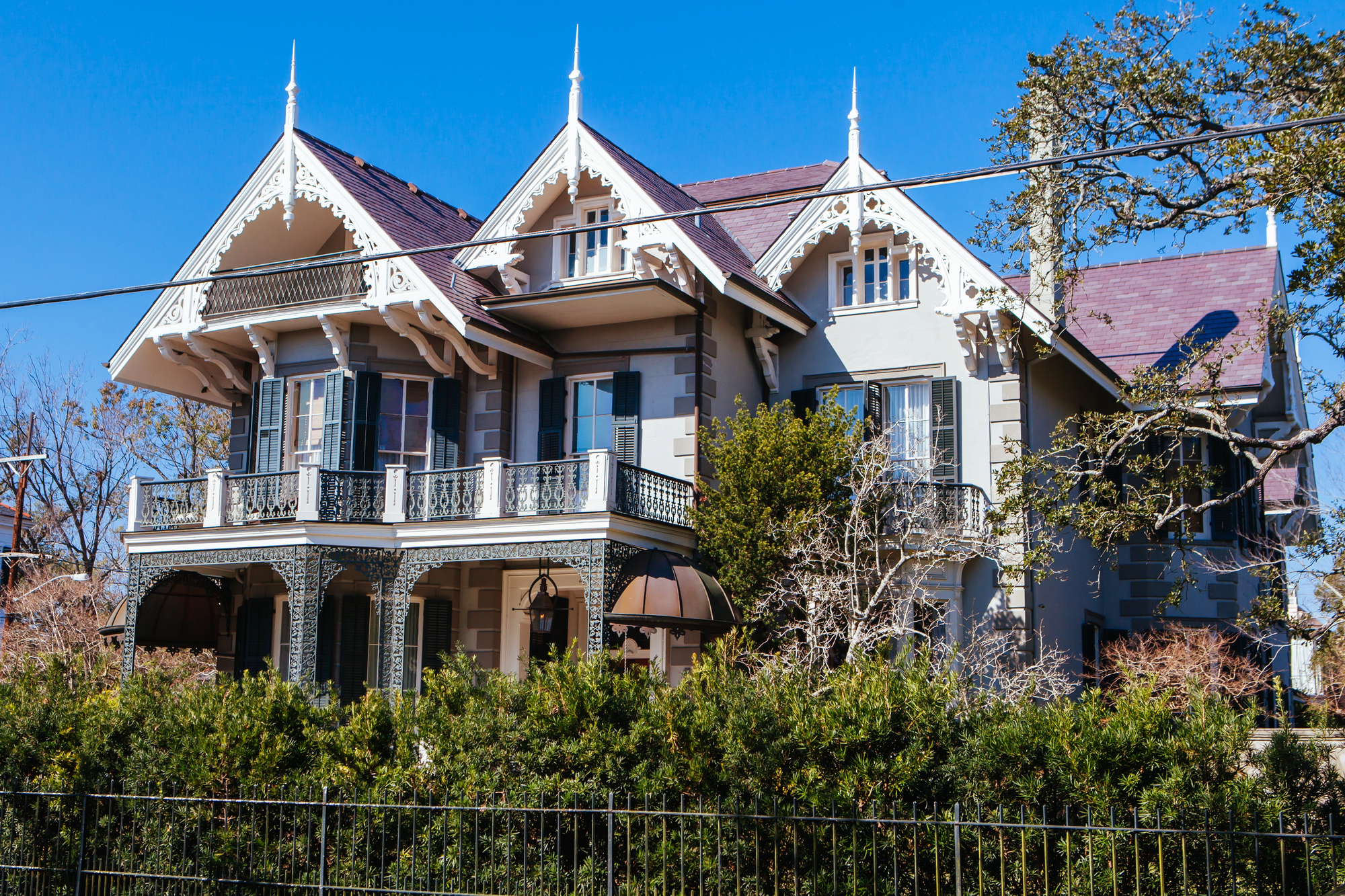
The uneven brick and slate sidewalks of the Garden District create perfect vantage points for appreciating the neighborhood’s grand homes without intruding on private property. Massive oak roots have forced pavers upward in organic undulations that require mindful walking, creating natural slowness that allows proper appreciation of the architectural details above.
The canopy of century-old trees creates a dappled light that changes hourly, while iron fences showcase intricate patterns cast by long-vanished artisans whose work still defines the streetscape.
Maple Leaf Bar on Tuesday Night
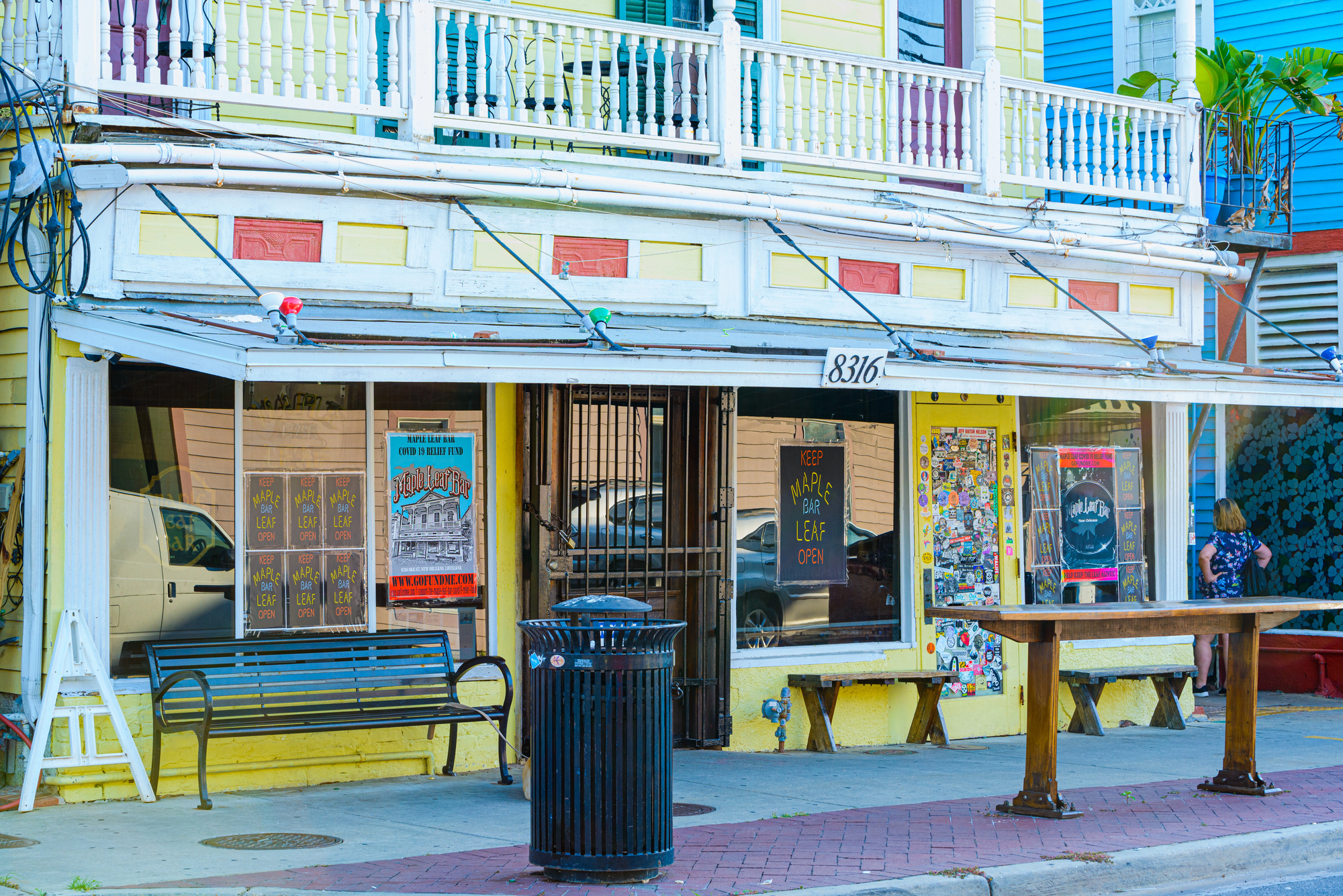
This unassuming Uptown establishment transforms into the spiritual home of New Orleans funk every Tuesday when legendary bassist George Porter Jr. leads sessions that locals consider a sacred ritual rather than mere entertainment. The wooden floor has absorbed decades of spilled drinks and dancing feet, developing a patina that almost seems to vibrate with accumulated musical energy.
Ceiling fans spin ineffectively against the heat generated by packed bodies, creating an atmospheric intensity that defines authentic New Orleans nightlife beyond tourist districts.
Congo Square on Sunday Afternoon
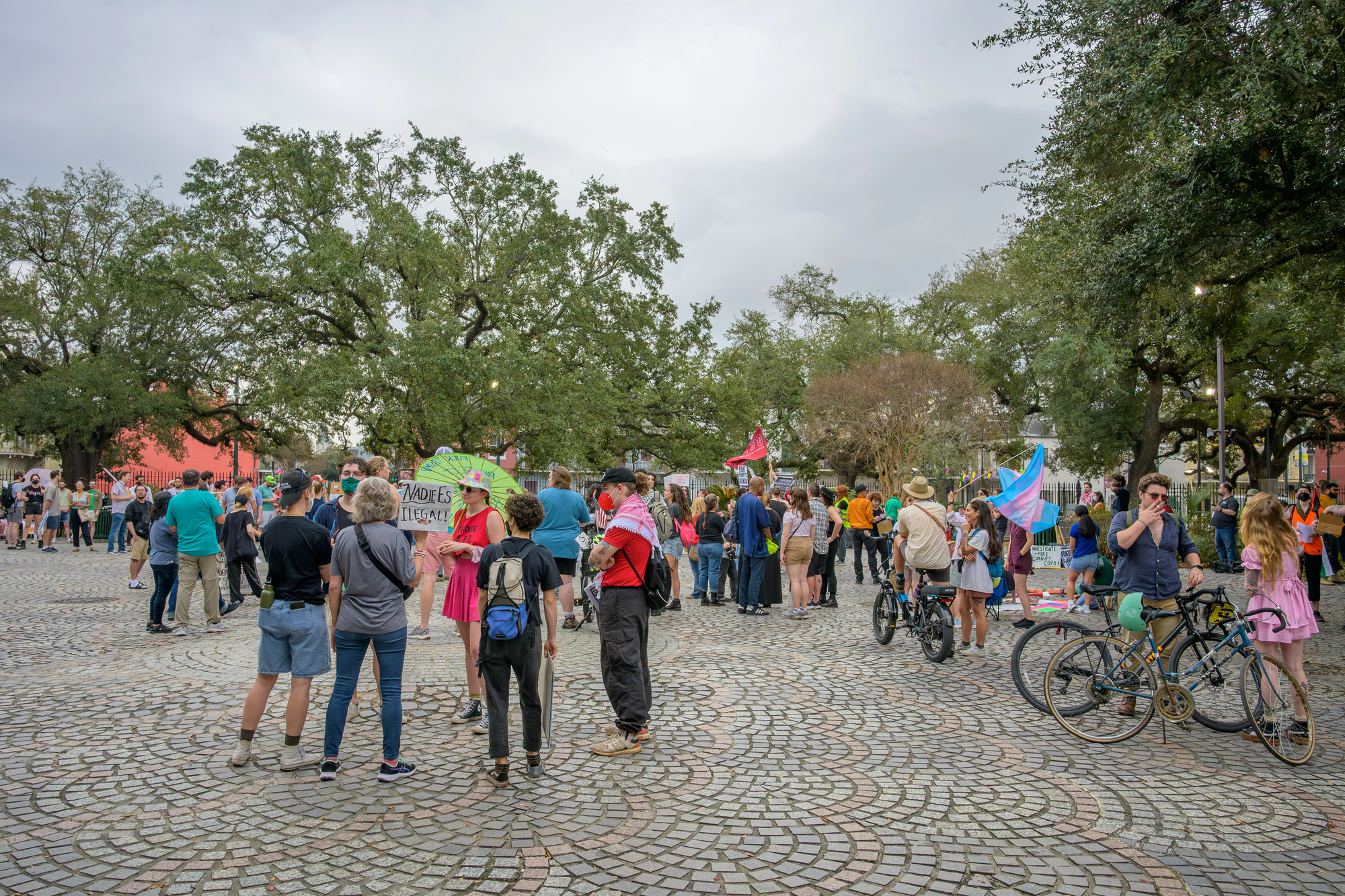
This historic gathering place in Louis Armstrong Park carries profound cultural significance as the site where enslaved Africans were once permitted to gather, creating the rhythmic foundations that would ultimately influence American music for centuries. Sunday drum circles continue this tradition, with participants and spectators forming organic circles that expand and contract with the percussive energy.
The adjacent duck pond reflects the sky and trees in perfect stillness, creating a contemplative counterpoint to the rhythmic vitality that honors the square’s spiritual heritage.
Like Travel Pug’s content? Follow us on MSN.
Irish Channel Corner Bars
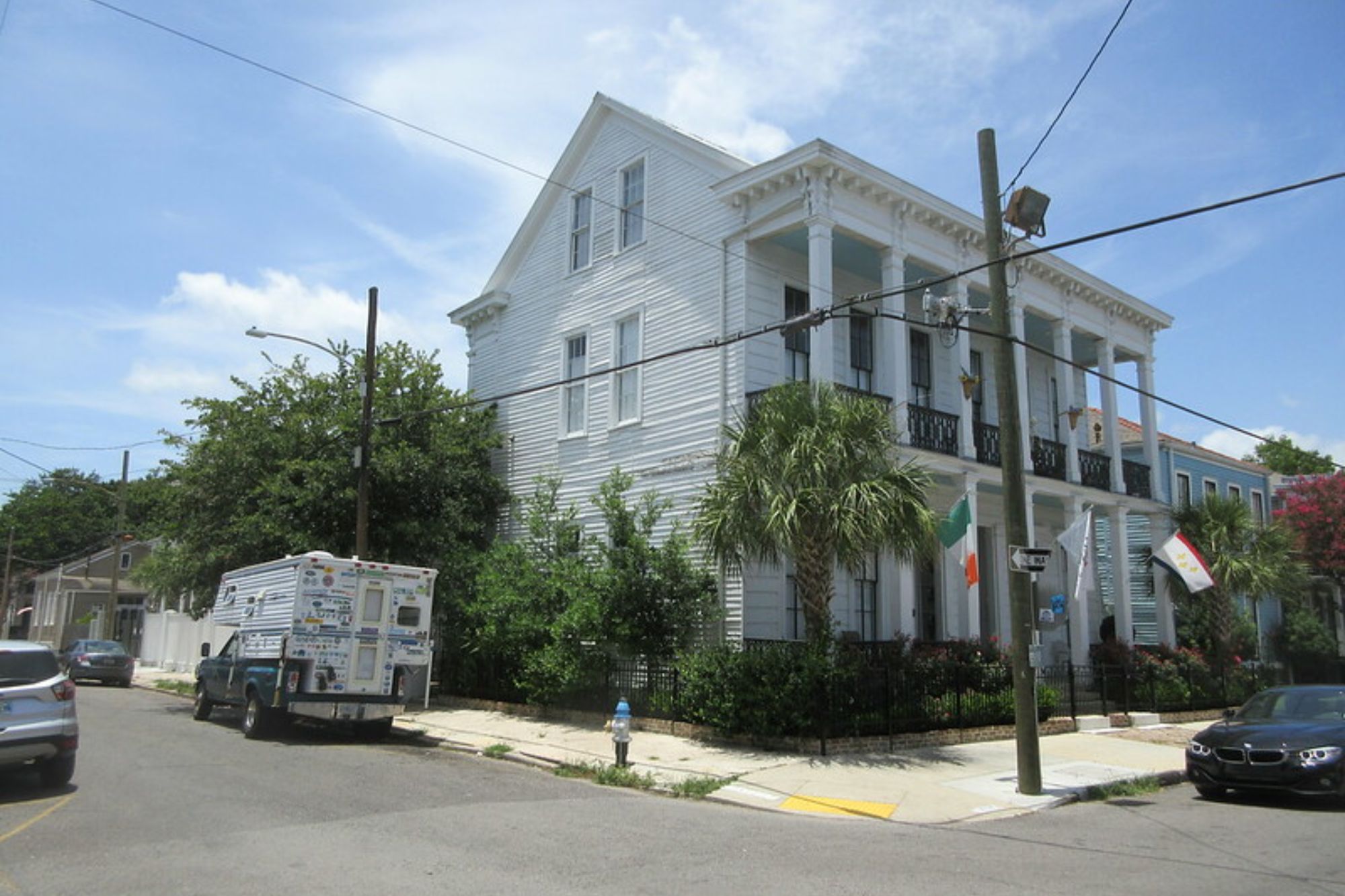
Tucked away in residential blocks, establishments like Parasol’s and Tracey’s preserve neighborhood bar traditions largely untouched by tourism trends. Regulars spanning multiple generations gather around Saints games on mounted televisions, continuing conversations that have evolved over decades beneath ceilings hung with dusty memorabilia.
These spaces achieve the rare atmospheric authenticity that comes from absolute commitment to serving their immediate community rather than curating an experience for outsiders.
Whitney Plantation Grounds
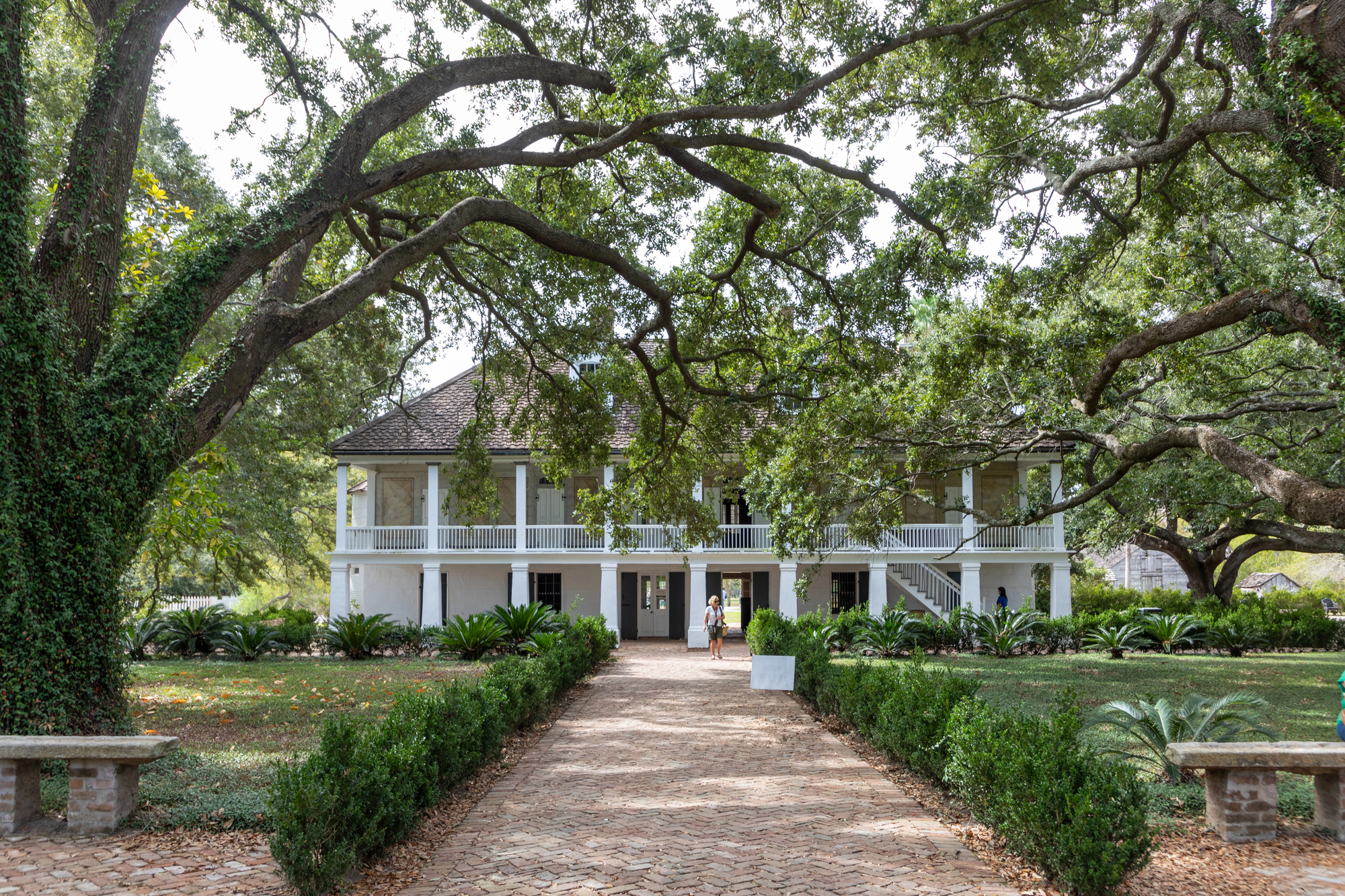
Unlike other plantation tours focused on architectural grandeur, the Whitney centers on enslaved peoples’ experiences, creating a profoundly different atmospheric impact that resonates with historical truth-telling. Memorial sculptures depicting children who died in slavery create powerful emotional landmarks throughout the grounds, while restored cabins and outbuildings preserve the material reality of the plantation economy.
The Spanish moss hanging from aged oak trees seems to carry different significance here, less picturesque and more witness to histories that demand remembrance.
Musicians’ Village Porches
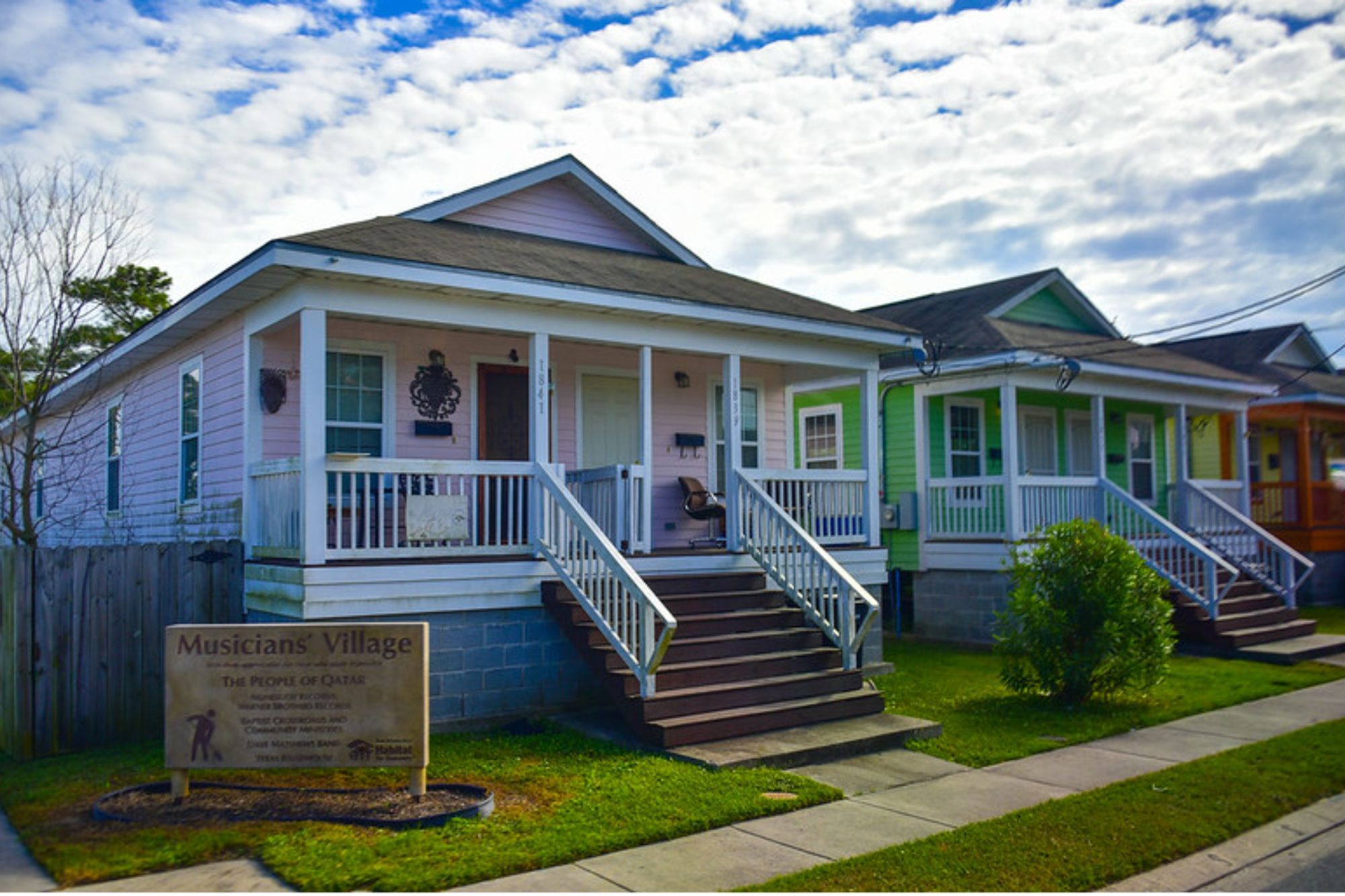
This post-Katrina development in the Upper Ninth Ward was created specifically for displaced musicians, generating a unique concentration of creative energy in an area devastated by the storm. Evening brings residents to colorful porches where impromptu jam sessions blend with children playing in adjacent lots, creating organic community soundscapes that demonstrate New Orleans’ cultural resilience.
The tropical vegetation has matured since the village’s founding, softening architectural lines with the lushness that characterizes the city’s relationship with its subtropical environment.
Like Travel Pug’s content? Follow us on MSN.
St. Roch Market Morning
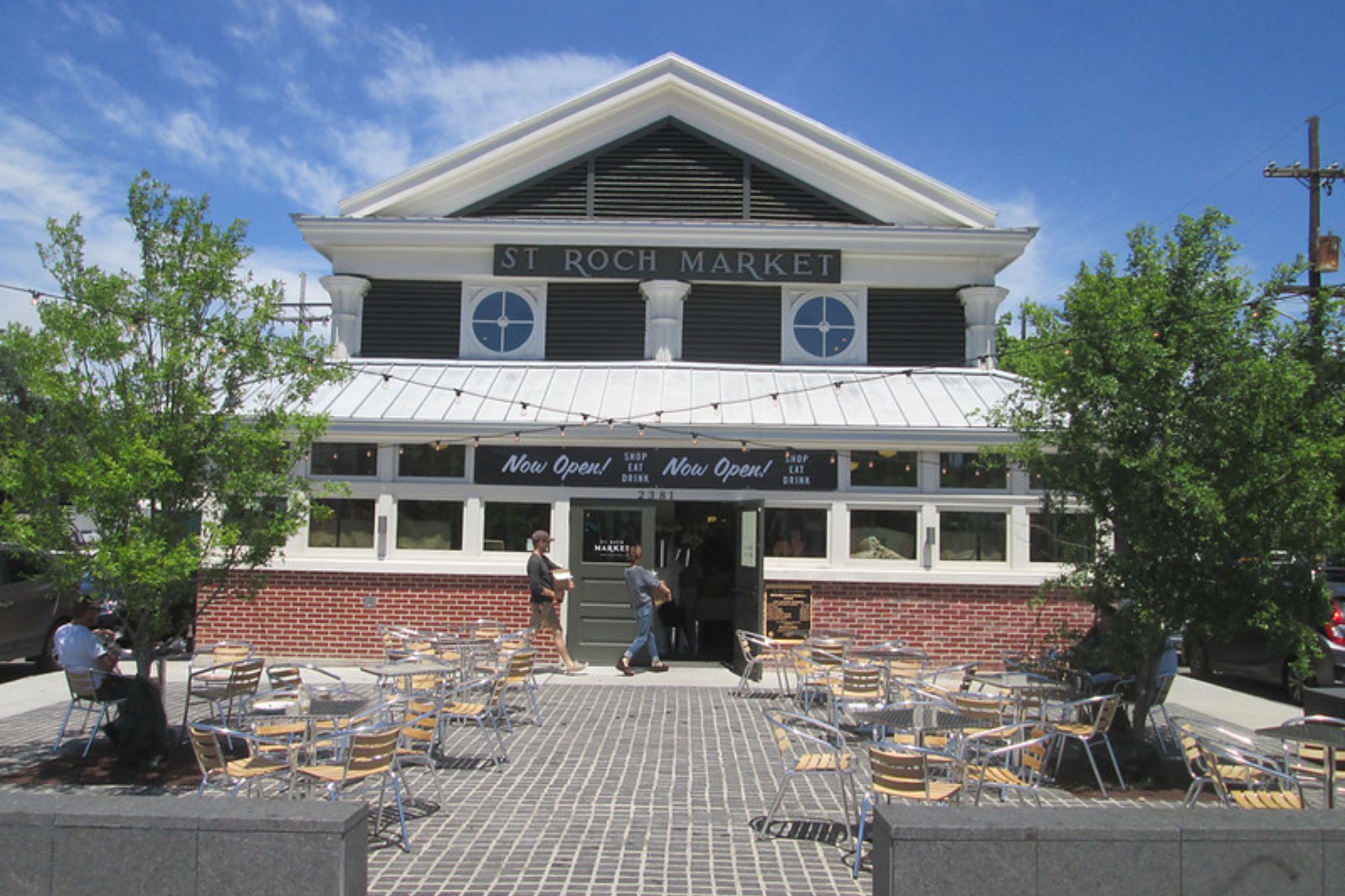
This renovated 1875 market building captures transition periods perfectly, with early morning light streaming through historic windows onto food vendors preparing for the day. The contrast between the structure’s Victorian-era bones and contemporary culinary offerings creates distinctive atmospheric tension between past and present.
Local residents mix with visitors during breakfast hours, generating authentic community energy before the tourist rush, with conversations flowing between strangers in the effortless way that defines New Orleans’ approach to public space.
Backyard Crawfish Boil
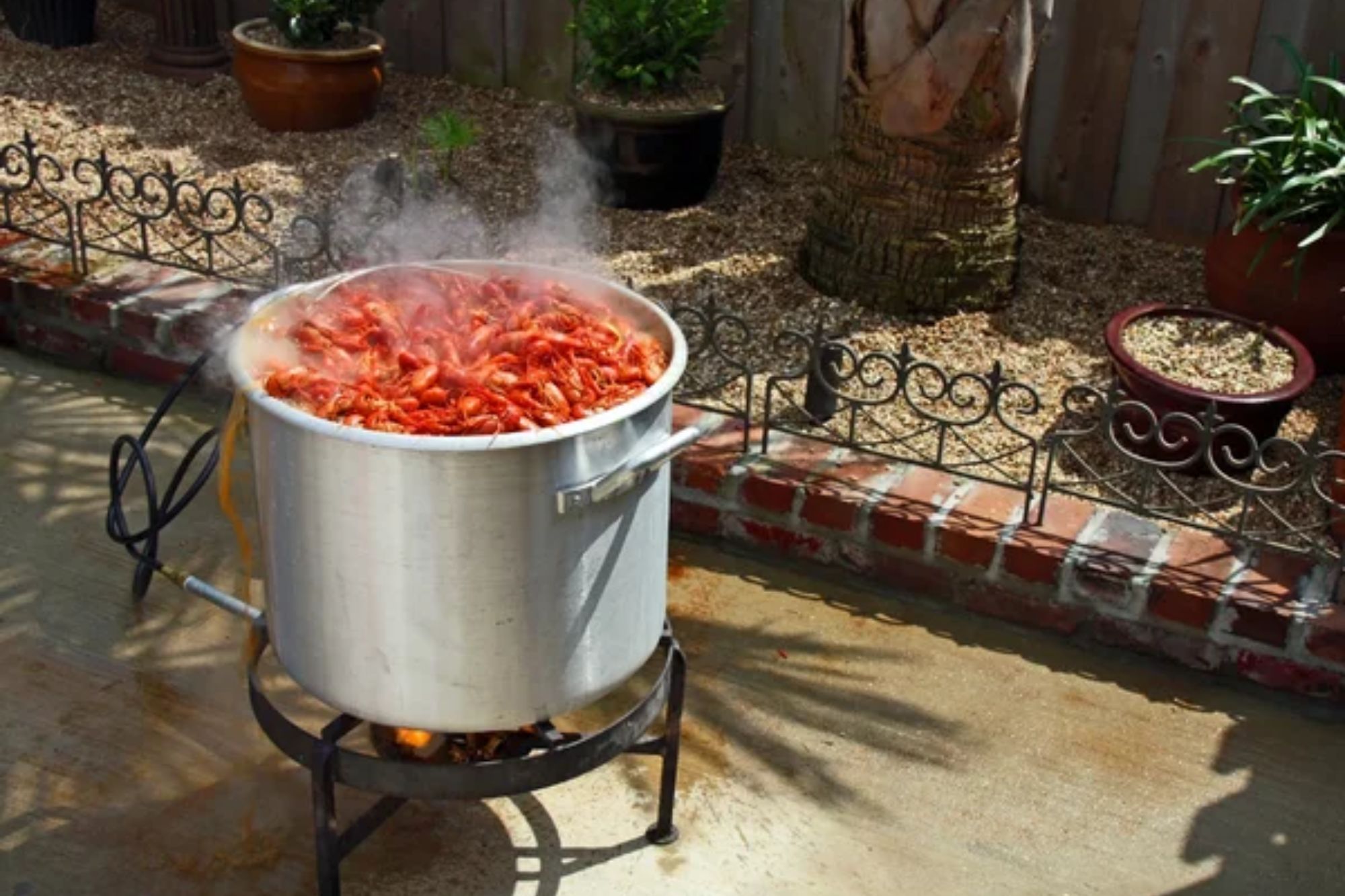
Perhaps the most atmospheric New Orleans experience happens in private yards across the city during spring months, when newspaper-covered tables become stages for communal feasting rituals centered around boiled crawfish. Steam rises from massive pots tended by self-appointed seasoning experts, while participants develop rhythmic efficiency in the twist-peel-suck technique that extracts maximum flavor from each tiny crustacean.
These gatherings generate distinctive sensory intensity through the combination of spice-laden air, casual conversation, and the satisfaction of hard-earned flavor.
Hotel Monteleone Carousel Bar
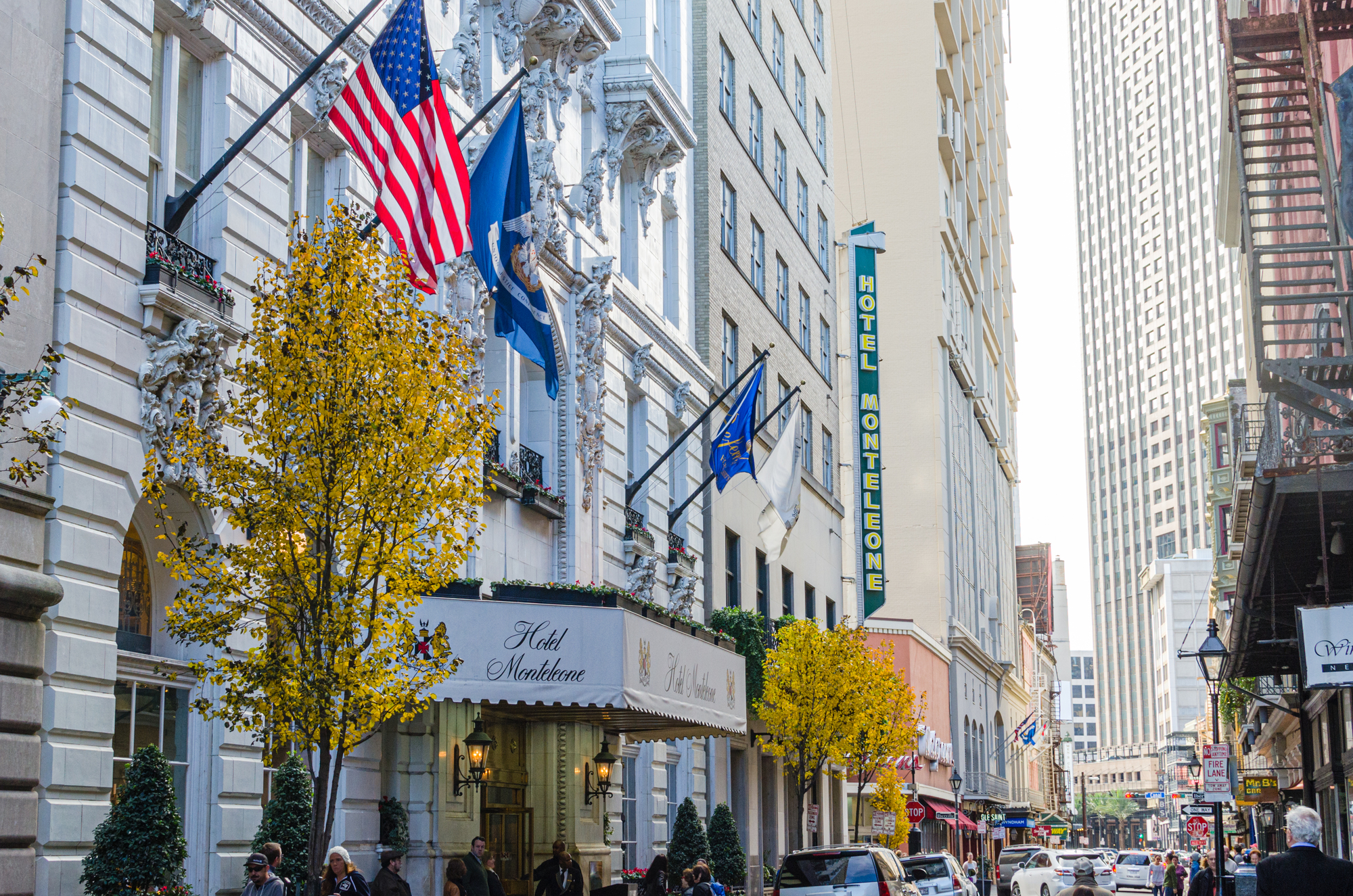
This slowly rotating bar in the heart of the French Quarter creates disorienting atmospheric magic as it completes one revolution every fifteen minutes, just fast enough to subtly alter perspective while allowing extended conversation. The antique carousel mechanism operates silently beneath patrons’ feet as bartenders remain stationary at the center, serving classic New Orleans cocktails that connect drinkers to generations of literary figures who found inspiration here.
The wood and mirror interior catches light in constantly changing patterns as the bar moves, creating kaleidoscopic effects that enhance the city’s already dreamlike quality.
Like Travel Pug’s content? Follow us on MSN.
Finding Your Own Atmosphere
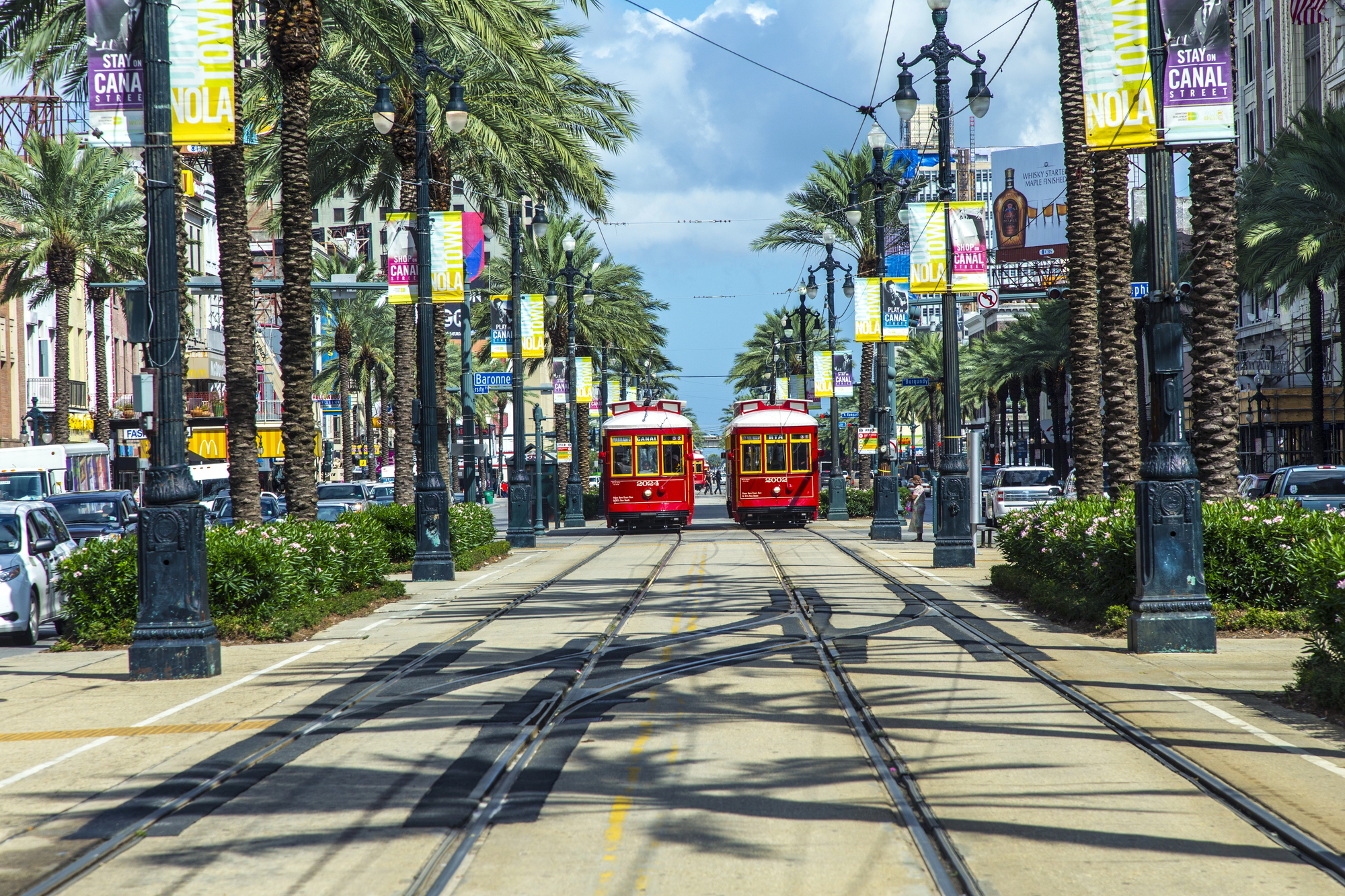
These fifteen atmospheric corners represent starting points for understanding New Orleans’ multi-layered character, but the city offers countless additional pockets of distinctive sensory experience. The most memorable encounters often happen unexpectedly—when afternoon thunderstorms create steamy sidewalks that shimmer at sunset or when funeral processions transform from solemn dirges to celebratory second lines without warning.
Vibe-driven explorers discover that New Orleans doesn’t merely preserve its atmospheric qualities; it continuously regenerates them through cultural practices that transform ordinary moments into sensory memories that linger long after departure.
More from Travel Pug

- Cities Growing so Fast You Won’t Recognize Them in 10 Years
- 13 Destinations Where Tourists Regularly Regret Their Trip
- 20 Obscure WWII Sites Even History Buffs Don’t Know About
- 10 Under-the-Radar Mountain Towns That Are Both Affordable and Beautiful
- Remote Villages in Europe Where You Can Live for Free in Exchange for Work
Like Travel Pug’s content? Follow us on MSN.
